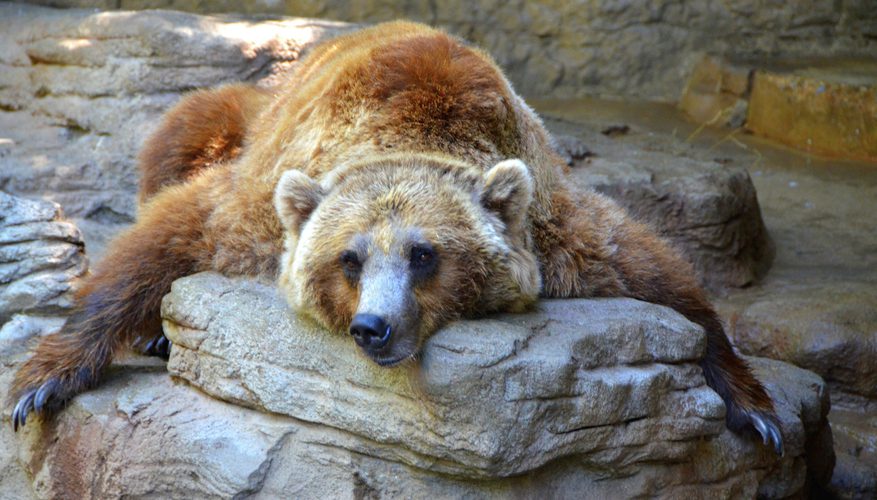
Once the cubs are born, they feed on breast milk.īears are included on the list of animals which hibernate.

Polar bears are almost entirely carnivorous.īears can reproduce from the ages of 5 to 9 years, depending on when they reach sexual maturity. For example, Pandas are herbivorous and feed almost exclusively on bamboo. They are omnivorous animals, meaning they feed on both plant and animal matter. This includes Europe, Asia, Africa, North and South America and the Arctic Circle. In terms of distribution, bears can be found all over the world. Less well known is the spectacled bear ( Tremarctos ornatus) which has a white mask on their face. Some of the most curious specimens include the giant panda ( Ailuropoda melanoleuca) which famously has a black and white fur pattern. Colors vary between brown, black and white, although some may have patches of red or tan. This is compensated by an incredibly acute sense of smell which helps them to locate prey and gain various intelligence from their environment.Ī bear's fur should be long and abundant. In general, a bear's sense of hearing and sight is poor. They have five fingers, at the ends of which are curved claws which can be deadly. Their legs are also short, but extremely strong. Their appearance also varies greatly according to bear species, but all have short ears and tails, elongated snouts, small eyes and a large head. These physical characteristics make it one of the largest land animals on the planet. The smallest bear species is the sun bear which can weigh around 60 to 170 lbs, but some larger bears can reach over 1,000 lbs. This is because the diversity of species is great.

Bears are land mammals which can reach between 1.3 and 2.8 meters high.


 0 kommentar(er)
0 kommentar(er)
